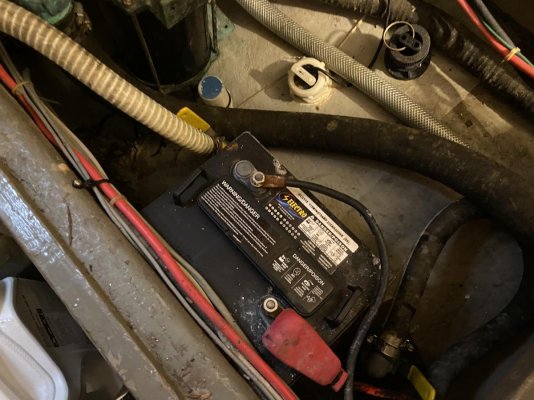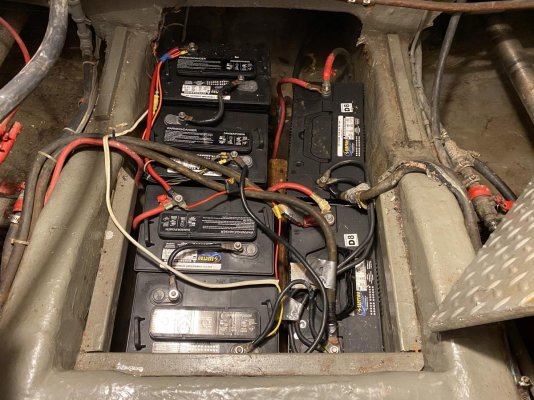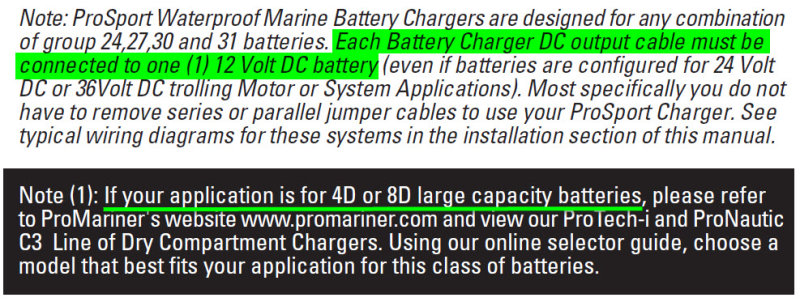Steve91T
Guru
- Joined
- Sep 12, 2016
- Messages
- 898
- Location
- USA
- Vessel Name
- Abeona
- Vessel Make
- Marine Trader 47’ Sundeck
Hello all. We’ve had this boat for 2 years. 2 months ago we got to the boat to find it dead even though the shore power was on and battery charger on. It was hot with red lights. I was able to reset the breaker and let it cool, then it worked great until we left a few days later.
Next trip last month, same deal but batteries were not yet depleted.
This trip, about a week later, again same deal except this time I can’t get the charger back. Did it die? Any idea what would cause this?
I might just run to west marine and grab a new one. Seems easy enough to wire in. Thought I’d ask here first if anyone has seen this before.
Thanks guys.
Next trip last month, same deal but batteries were not yet depleted.
This trip, about a week later, again same deal except this time I can’t get the charger back. Did it die? Any idea what would cause this?
I might just run to west marine and grab a new one. Seems easy enough to wire in. Thought I’d ask here first if anyone has seen this before.
Thanks guys.




